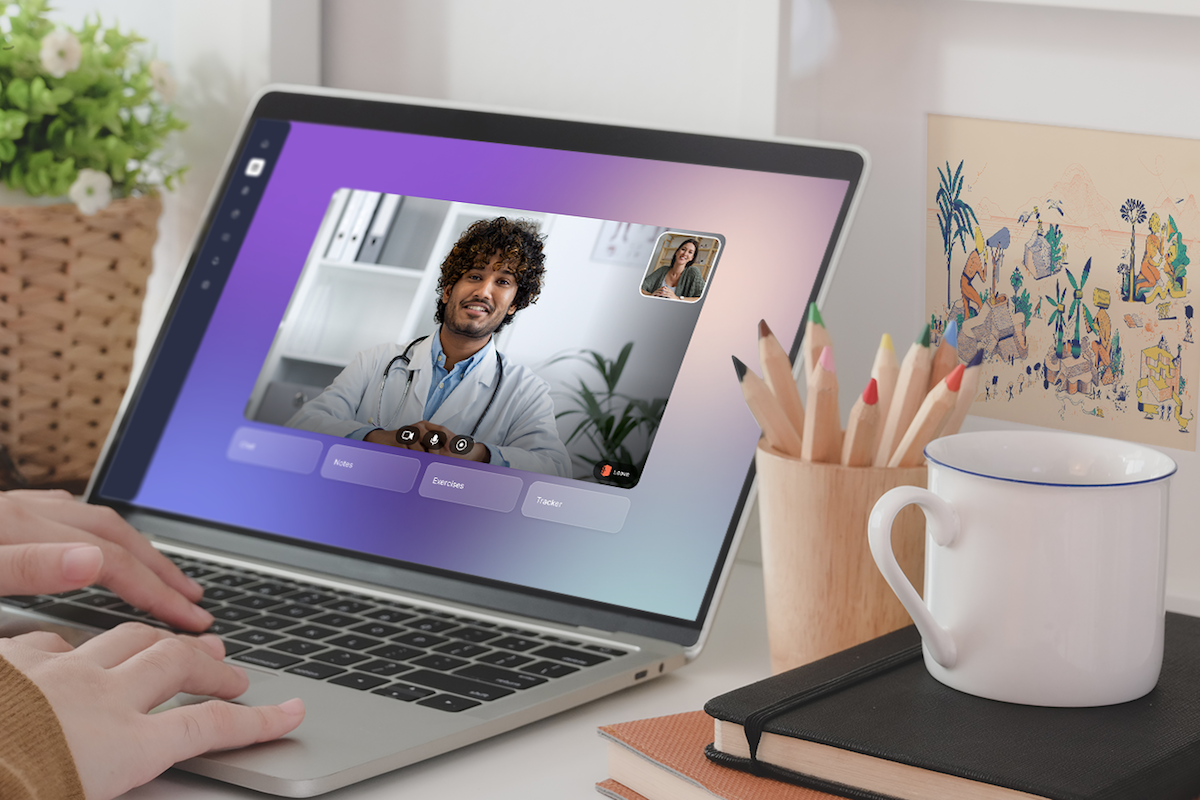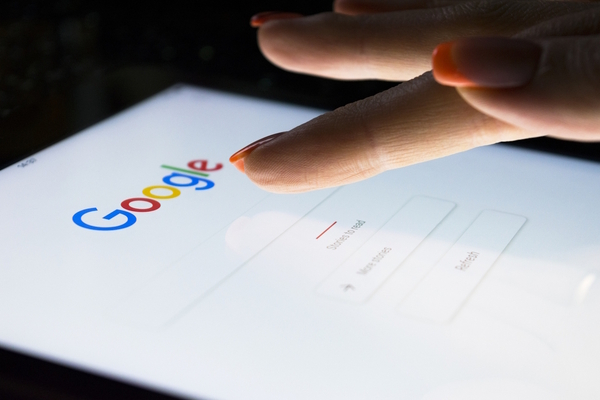Telehealth’s transformation: a new era of patient-centric care
Telehealth has rapidly become a cornerstone of accessible, patient-focused healthcare, propelled by advances in technology and changing patient expectations.

Telehealth has rapidly evolved, from simple phone consultations and fax communications to sophisticated video platforms that make healthcare more accessible and convenient.
Driven by advancements in technology, shifting patient expectations and the growing demand for cost-effective care, telehealth now enables real-time, face-to-face consultations that break down geographical barriers. What was once a cumbersome and impersonal process has transformed into an engaging and efficient way for patients and providers to connect, delivering a higher level of care regardless of location.
Before 2020, around 76 per cent of American hospitals had some form of telemedicine, yet many systems remained underused due to privacy concerns and suboptimal implementations.
The Covid-19 pandemic acted as a major turning point, driving an explosive increase in telehealth adoption. With lockdowns and social distancing necessitating new approaches, healthcare providers quickly integrated telehealth solutions to ensure continuity of care and sustain accessibility. During the height of the pandemic, telemedicine usage among healthcare professionals soared to 97 per cent, leading to a surge in demand for user-friendly telehealth platforms.
As the healthcare sector adapts to the post-pandemic landscape, a gradual transformation is underway. Many temporary solutions hastily adopted during the crisis are now proving inadequate because of privacy concerns, poor user experiences and the increasing pressure on telehealth engineering teams. Currently, 84 per cent of physicians engage in telemedicine weekly, primarily through video, prompting healthcare organisations to rethink their technological infrastructure for sustainable growth and reliability. There is an urgent need for improved remote care quality that aligns with the hybrid healthcare model, with particular emphasis on follow-up appointments, prescription renewals and mental health consultations which are well-suited for virtual care. The field of behavioural health is experiencing notable growth, and with 92 per cent of people globally viewing mental health as equally or more important than physical health, there is significant transformative potential of telehealth in this area.
Robust technological infrastructures are crucial as the demand for secure, high-quality virtual care continues to rise. Specialist video providers have emerged to support telehealth platforms, allowing them to deliver exceptional care without needing extensive video conferencing expertise. For instance, Whereby provides video conferencing APIs tailored specifically for telehealth, supporting over 800 paying clients, including prominent telehealth platforms such as Unobravo, Tebra and Accurx. One platform reported a drop in technical issues to less than 1 per cent of sessions affected after adopting Whereby’s solution.
With the increasing reliance on digital communication, ensuring the confidentiality of sensitive patient information is more critical than ever. Whereby’s technology complies with regulatory standards such as GDPR and HIPAA, as well as security standards such as ISO27001, fostering a secure environment that cultivates trust between patients and providers.
User experience remains a vital aspect of telehealth’s evolution. Early platforms often struggled with usability issues, which deterred both patients and providers. Whereby has prioritised an intuitive interface, simplifying the process for video consultations and enabling healthcare providers to focus on what truly matters: patient care.
Using web technologies, Whereby facilitates a seamless experience that eliminates the need for software downloads or app installations. Through their WebRTC-based API and SDK, telehealth providers can create fully customised video call experiences while alleviating maintenance burdens on engineering teams. Given that one-third of telehealth consultations are now conducted via mobile devices, delivering an experience that is well supported on mobile devices is increasingly important as patients demand flexibility in accessing care.
The rapid shift to virtual care during the pandemic demonstrated substantial benefits for both patients and practitioners, including reduced travel costs, enhanced efficiency and improved accessibility. This has fostered an expectation for convenience and choice in healthcare.
Looking ahead, the future of telehealth is bright. Innovations in artificial intelligence and machine learning are poised to further enhance telehealth services, offering predictive analysis tools, personalised care and the automation of administrative tasks such as note-taking. As the industry continues to evolve, solutions such as Whereby will hold a vital role in shaping the future of telehealth, ensuring services remain secure, efficient and focused on patient-centred care.
The trajectory of telehealth reflects broader technological and patient care trends. By integrating secure, user-friendly video conferencing solutions, the healthcare landscape is poised for a transformation that promises improved access and better outcomes for patients worldwide.
Discover more about Whereby’s video solutions tailored for telehealth.
by Howard Wu, CEO, Whereby

Business Reporter Team
Most Viewed
Winston House, 3rd Floor, Units 306-309, 2-4 Dollis Park, London, N3 1HF
23-29 Hendon Lane, London, N3 1RT
020 8349 4363
© 2024, Lyonsdown Limited. Business Reporter® is a registered trademark of Lyonsdown Ltd. VAT registration number: 830519543





